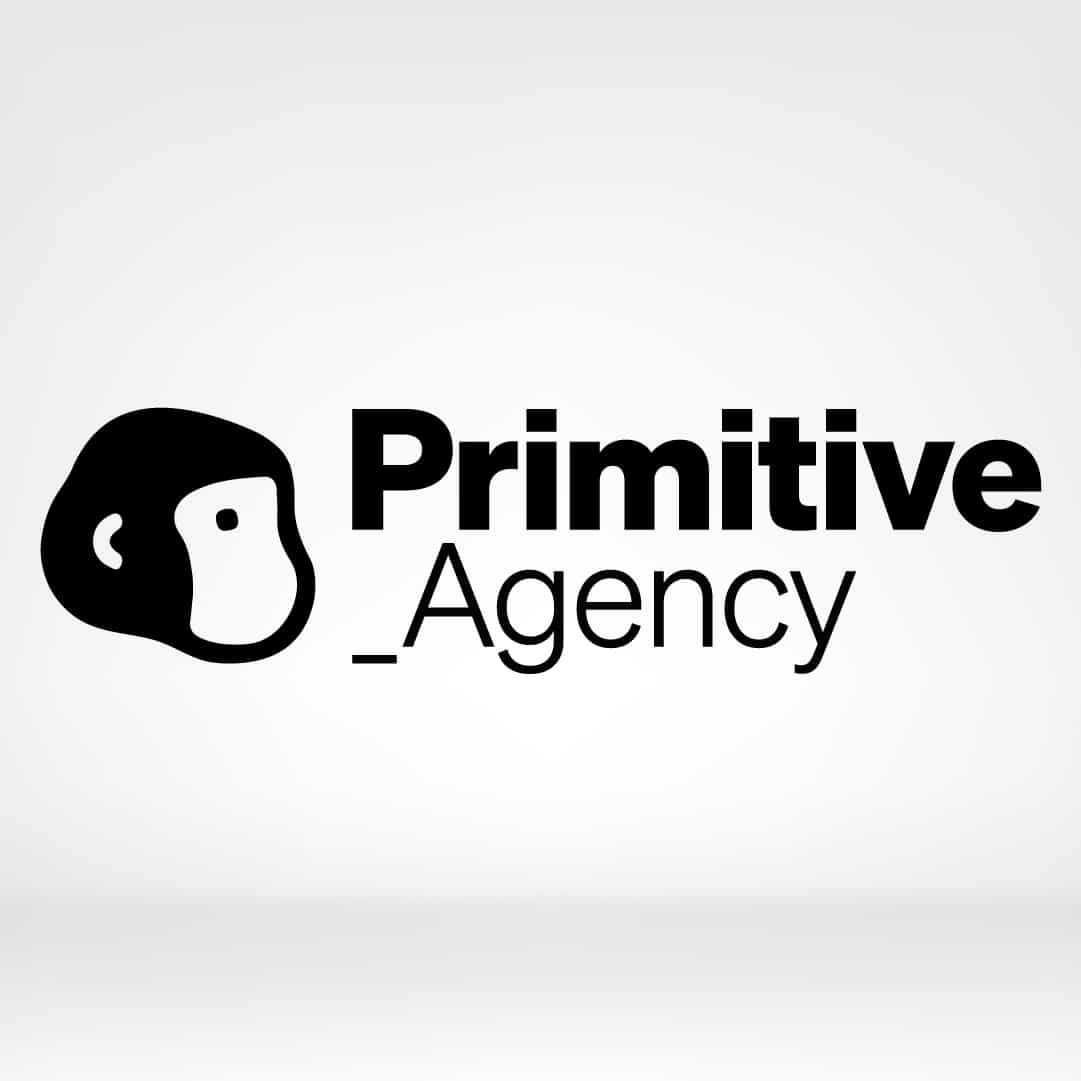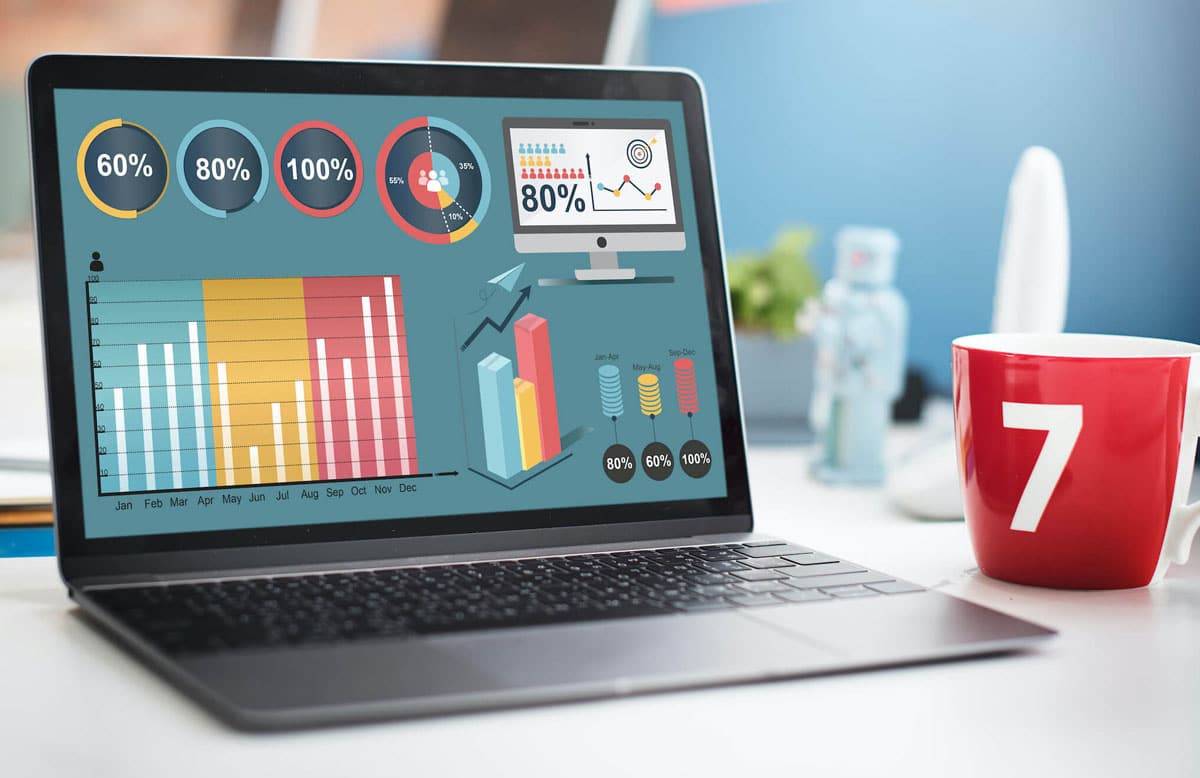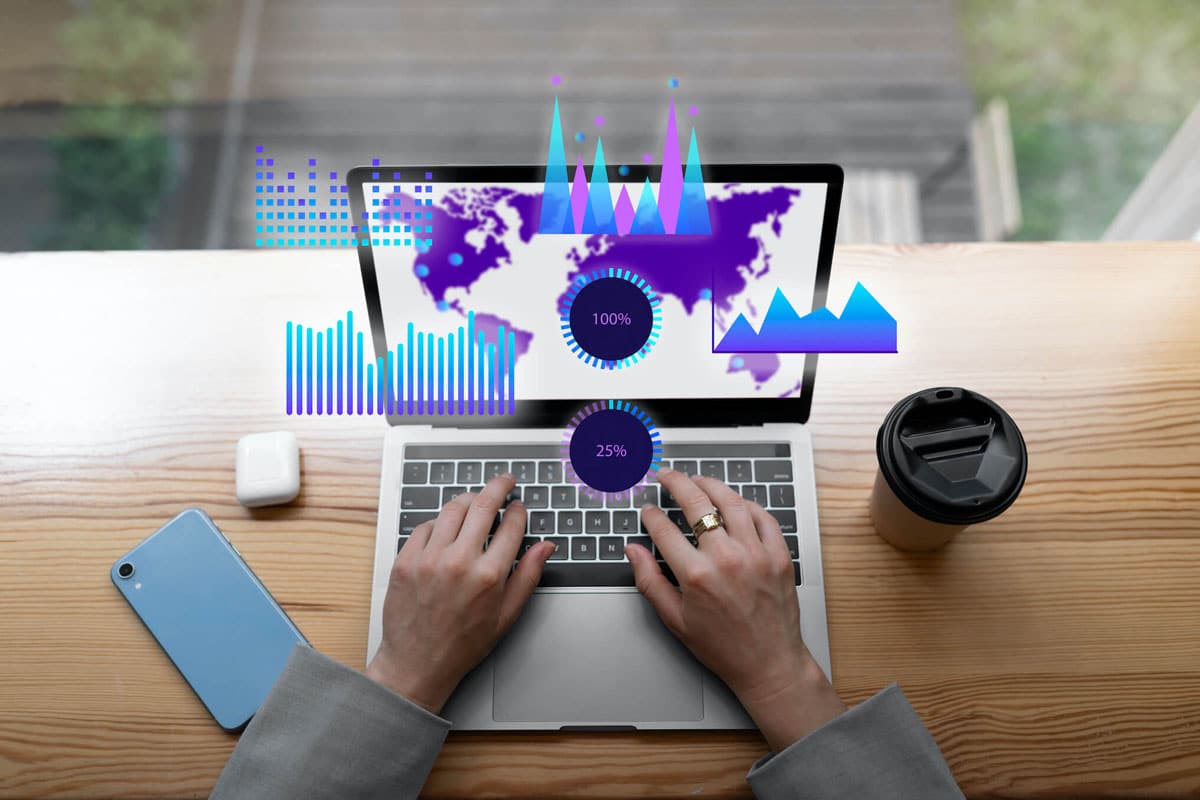In today’s digital era, website speed and user experience are crucial to the success of any online project. A crucial aspect of improving web performance is understanding and optimizing the “Largest Contentful Paint” (LCP) metric. But what is this metric all about?
In this article, we’ll tell you everything you need to know about this metric, as well as some tips that can help you maximize it and get the most out of your business’s digital media optimization.
So, if you want to learn more about Largest Contentful Paint (LCP), take note of each of the following details, and get ready to make your website achieve greater user satisfaction and better performance in search engines.
Also read: What is Predictive Lead Scoring?
What is Largest Contentful Paint (LCP)?
Largest Contentful Paint (LCP) is a web performance metric used to measure website loading speed and user experience. It focuses on the time it takes for the largest and most significant element in the browser viewport to fully appear when a user accesses a page.
The “largest content” refers to an element on the webpage, such as an image, block of text, or video, that takes up a considerable area on the screen.
It’s important to note that LCP measures the loading speed of this content, i.e., the time from when the user initiates page loading to when the largest element has fully rendered and is visible to the user.
Fast LCP is essential for improving usability and user satisfaction, as a fast-loading page provides a better browsing experience. On the other hand, a slow LCP can lead to a high bounce rate and lower user engagement, which can negatively impact website performance and ranking in search engines.
Why is it important to optimize Largest Contentful Paint (LCP)?
Optimizing Largest Contentful Paint (LCP) is of utmost importance for improving user experience and overall website performance. Here are some key reasons why optimizing LCP is essential:
- Improves user experience: A fast LCP means that the most important content on the page loads quickly, providing users with a more satisfying experience. Visitors don’t have to wait long to see relevant content, reducing the likelihood of them leaving the site before it fully loads.
- Reduces bounce rate: A slow LCP can lead to a high bounce rate, meaning that users leave the site without interacting with it. A page that loads quickly and shows relevant content immediately is more likely to retain visitors and encourage them to explore further.
- Improves time on site: When users quickly get the information they’re looking for, they’re more likely to stay on the site for longer. This increases user engagement and can lead to greater interaction with content and calls to action.
- Impacts search engine ranking: Since Google’s Page Experience update, Core Web Vitals including LCP are factors that influence search engine ranking. A slow LCP can negatively affect a website’s ranking, resulting in lower visibility and less organic traffic.
- Encourages conversions and business goals: A website with optimized LCP is more likely to generate conversions, such as sales, subscriptions, or registrations. Users satisfied with speed and browsing experience are more likely to complete desired site actions.
- Adapts to mobile devices: Optimizing LCP is especially relevant for mobile devices, where loading speed can be a determining factor for users accessing the site on slower mobile networks or unstable connections.
In summary, optimizing Largest Contentful Paint (LCP) is fundamental to providing a satisfactory user experience, reducing site abandonment, and improving performance in search results.
How can you optimize the Largest Contentful Paint (LCP)?
To optimize the Largest Contentful Paint (LCP) and improve your website’s loading speed, here are some recommended strategies and best practices:
- Optimize server and hosting: Make sure your server has enough power and resources to handle website traffic. Consider using high-quality hosting that offers fast and stable performance.
- Compress and optimize images: Reduce image size using appropriate web formats, such as JPEG or WebP, and compressing them without sacrificing too much quality. Use image compression tools to achieve faster loading.
- Progressive image loading: Implement progressive image loading so that users can see relevant page content while images load gradually.
- Optimize code and resources: Minimize and combine CSS and JavaScript files to reduce the number of requests to the server. Remove unnecessary code and use techniques such as caching to improve performance.
- Use the “loading” attribute on images: Take advantage of the “loading” attribute in image tags to tell the browser to load images asynchronously, which can improve initial loading speed.
- Prioritize visible content: Organize content so that the most relevant and visible content for users loads first. Place important elements at the top of the page so they are the first to render.
- Avoid unnecessary redirects: Additional redirects can increase page load time. Try to minimize them and use direct redirects when possible.
- Use content delivery network (CDN) services: Consider using a CDN to distribute your website’s static resources on servers located strategically around the world. This will help speed up content delivery to users, regardless of their geographic location.
- Monitor performance: Use web performance monitoring and analysis tools to identify bottlenecks and areas for improvement on your site. These tools will provide valuable information for optimizing LCP.
- Perform performance tests: Regularly perform speed and performance tests to evaluate the effectiveness of implemented improvements. You can use tools like Google PageSpeed Insights, Lighthouse, or WebPageTest to get specific optimization suggestions.
Remember that every website is unique, and optimization solutions may vary depending on project characteristics.
Ready to improve your website’s speed and performance?
As you can see, optimizing Largest Contentful Paint (LCP) is a crucial factor in ensuring exceptional user experience and online success for your website. Fast LCP improves user satisfaction, reduces bounce rate, and can have a positive impact on search engine ranking.
At Primitive Agency, a New York-based digital marketing agency, we are committed to helping you achieve your online goals. Our team of marketing, design, and web development experts is ready to provide you with customized solutions that optimize your LCP and improve your website’s performance.
Contact us today at [email protected] or call us at +1 (646) 377 9470. Contact us today and discover how Primitive Agency can make a difference in the success of your online business!
You may also be interested in: How to design an attractive banner for your B2B website.
Frequently Asked Questions
How does LCP affect user experience and search engine ranking?
Largest Contentful Paint (LCP) plays a crucial role in both user experience and search engine ranking. Fast LCP significantly improves user experience by quickly and smoothly displaying the main content of the page, reducing the likelihood of visitors leaving the site before interacting with it.
In addition, search engines like Google consider LCP as one of the key factors in evaluating the quality of user experience on a website. An optimized LCP can improve performance in search results, which can increase site visibility and attract more organic traffic.
What is the ideal loading time for a good LCP and how can I achieve it?
The ideal loading time for a good Largest Contentful Paint (LCP) is generally 2.5 seconds or less. To achieve this goal, it is crucial to optimize the website by compressing images, minimizing code, using high-quality hosting, and implementing progressive loading techniques.
In addition, it is essential to prioritize relevant content and reduce requests to the server. Performing regular performance tests and using analysis tools will allow you to identify areas for improvement and ensure fast LCP and exceptional user experience.
What tools can I use to measure and evaluate my website’s LCP?
There are several useful tools for measuring and evaluating your website’s Largest Contentful Paint (LCP). Among the most popular are Google PageSpeed Insights, which provides a performance rating and improvement suggestions, and Lighthouse, a Google Chrome extension that offers a detailed web performance audit.
Other options include WebPageTest, which allows you to simulate loading in different locations and devices, and GTmetrix, which offers detailed performance reports and recommendations for optimizing LCP. These tools will provide you with valuable information for optimizing LCP and improving speed and user experience on your website.

The Primitive writing team is comprised of a group of skilled professionals who specialize in different areas of marketing, from brand design to web development and audiovisual production. Each team member boasts extensive experience in their respective field, and they are dedicated to providing the best possible strategy and content for every business that aligns with their unique needs.







